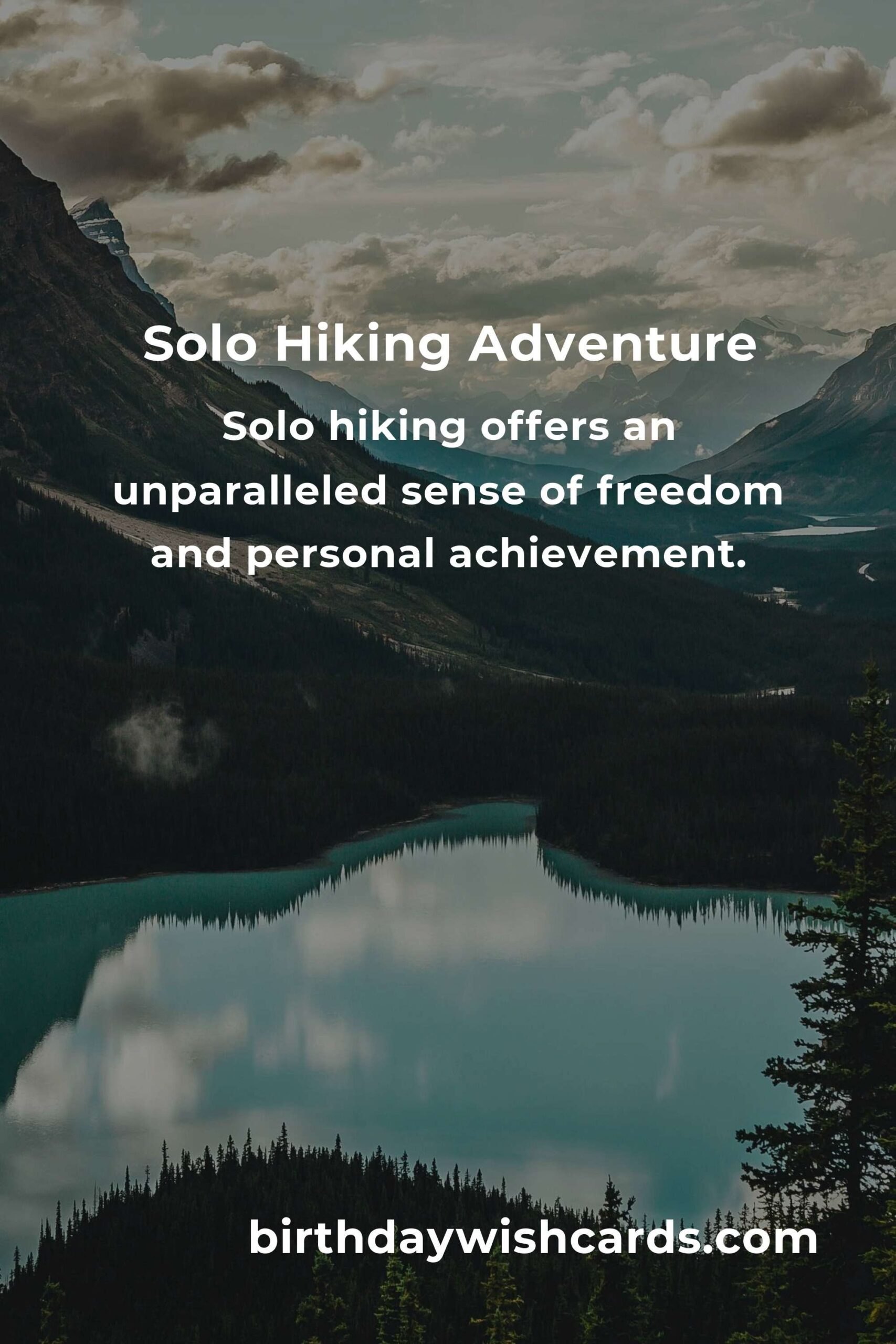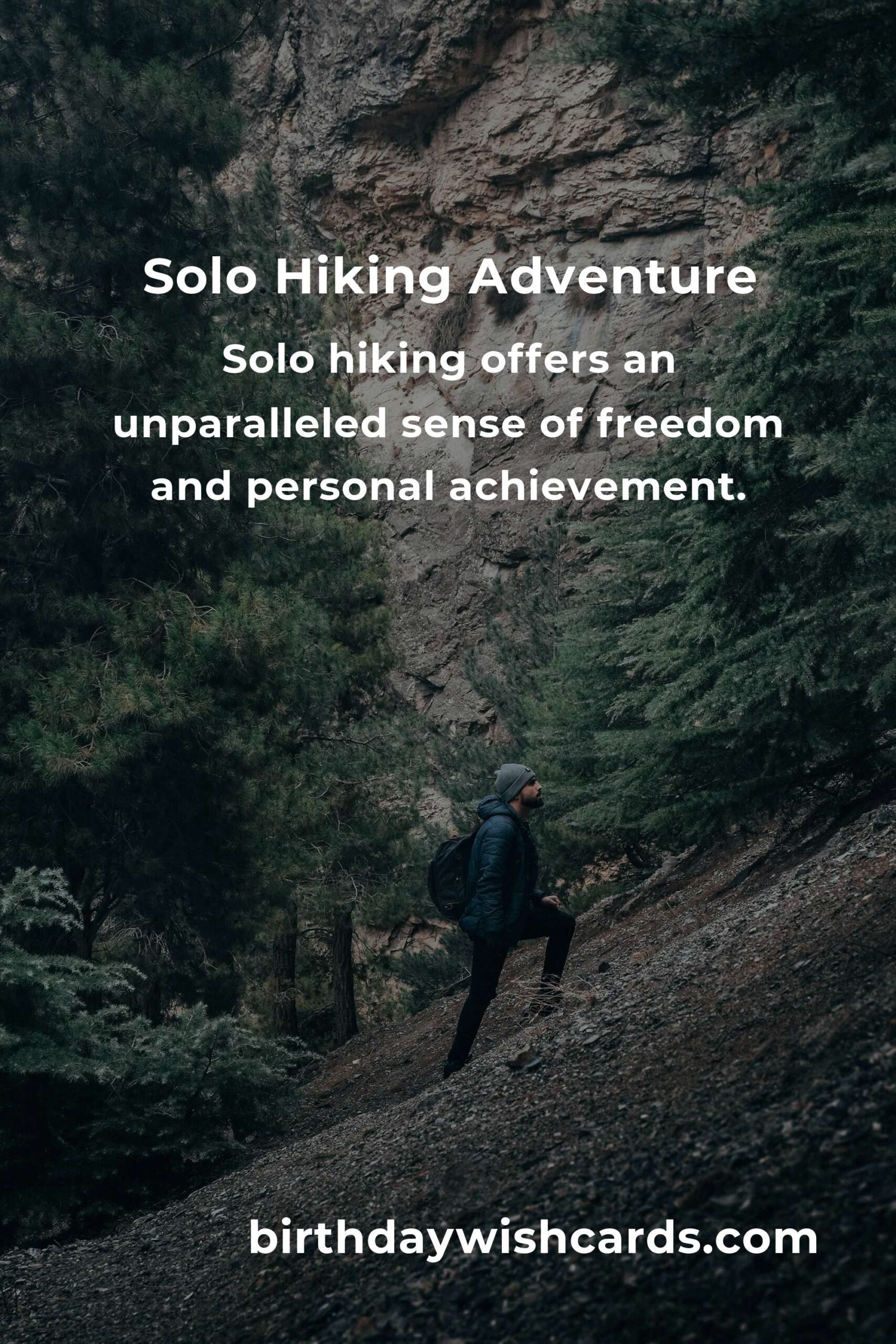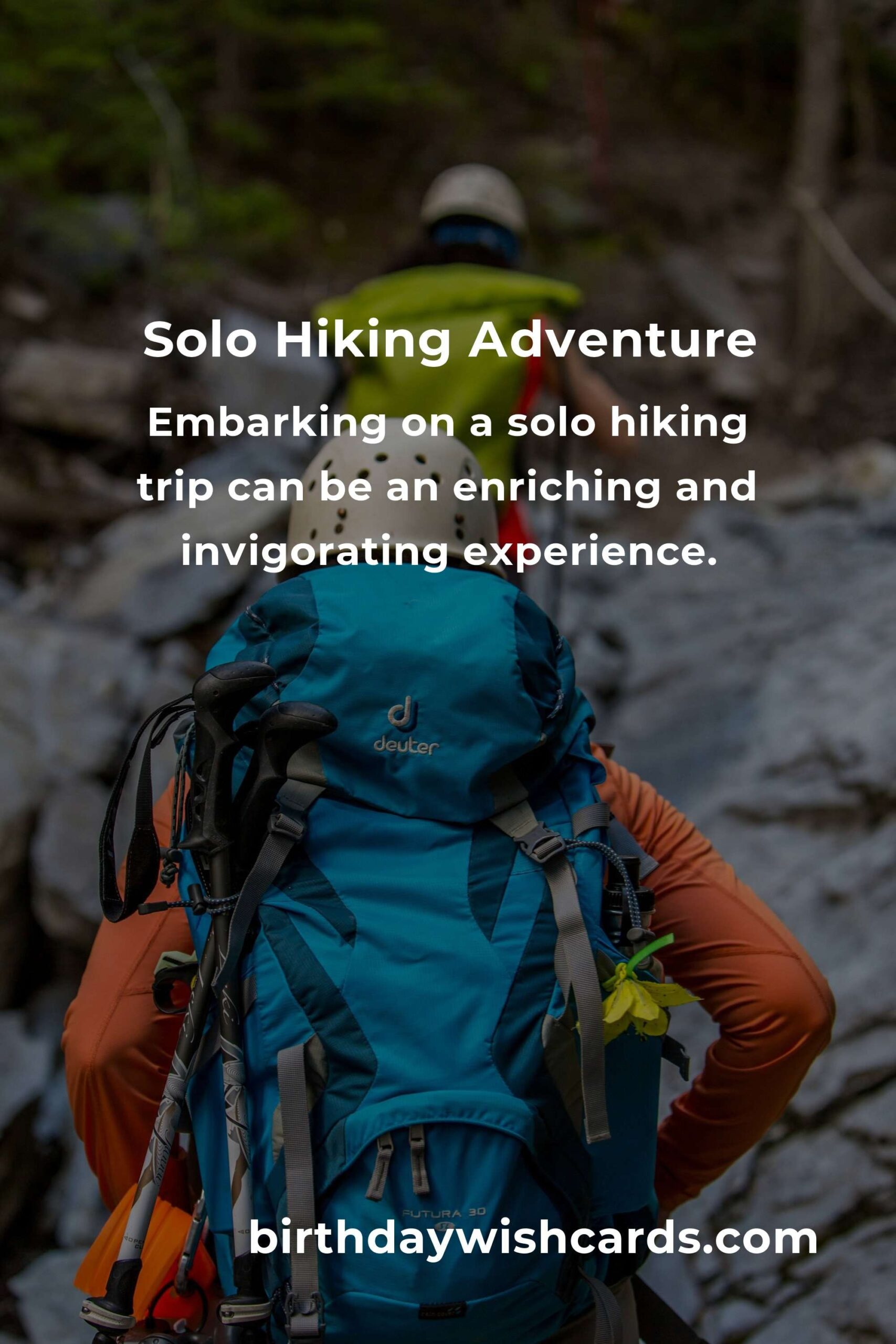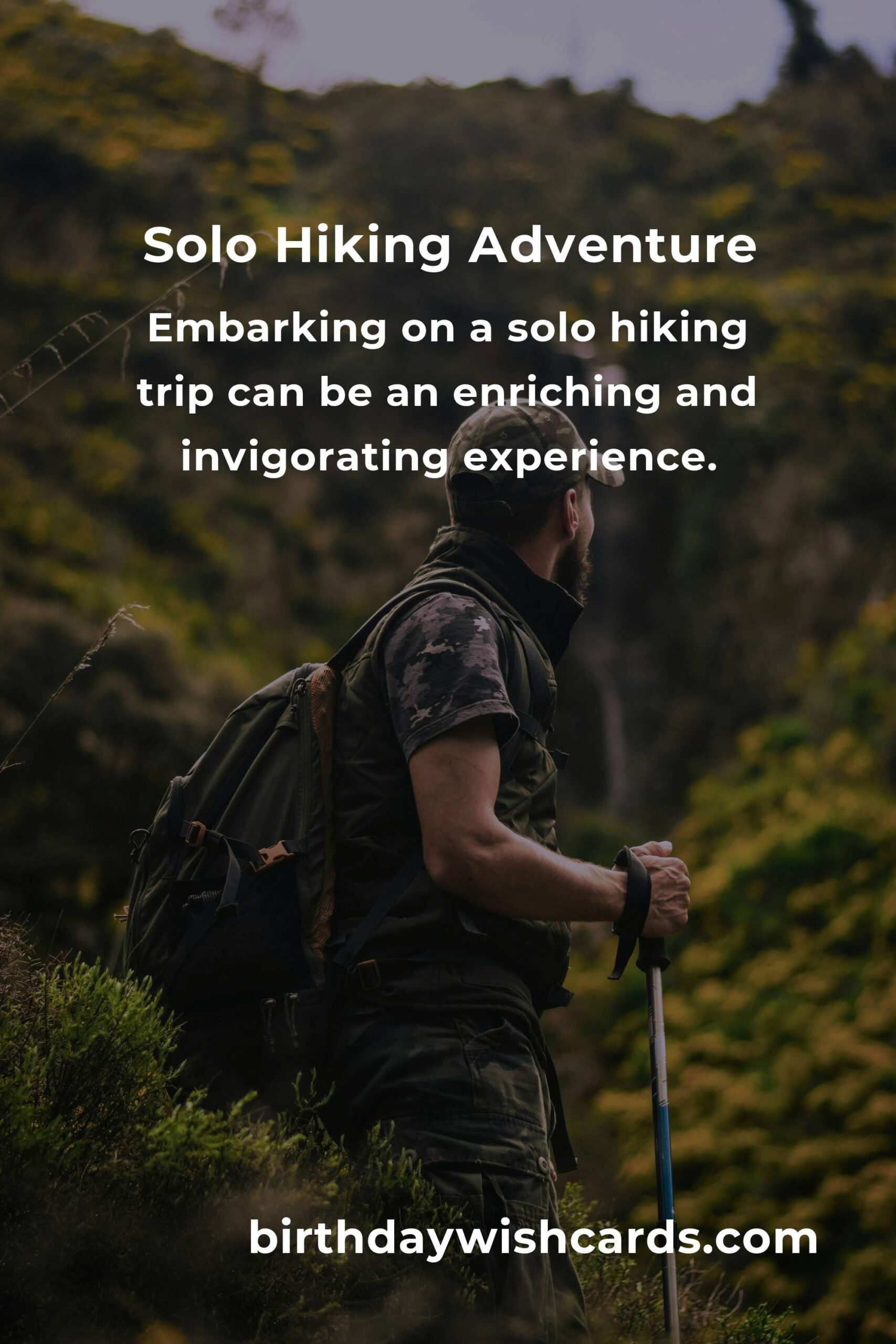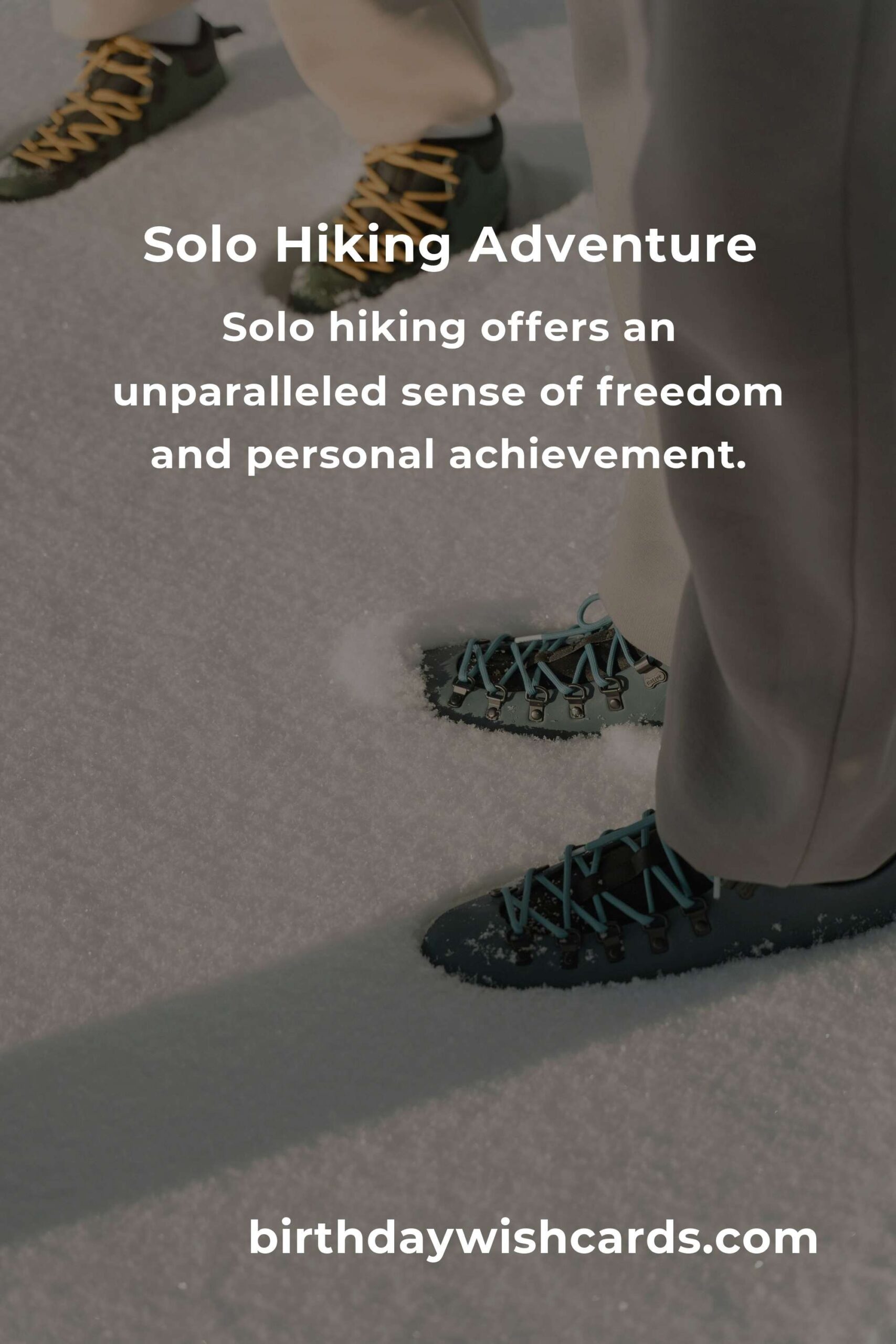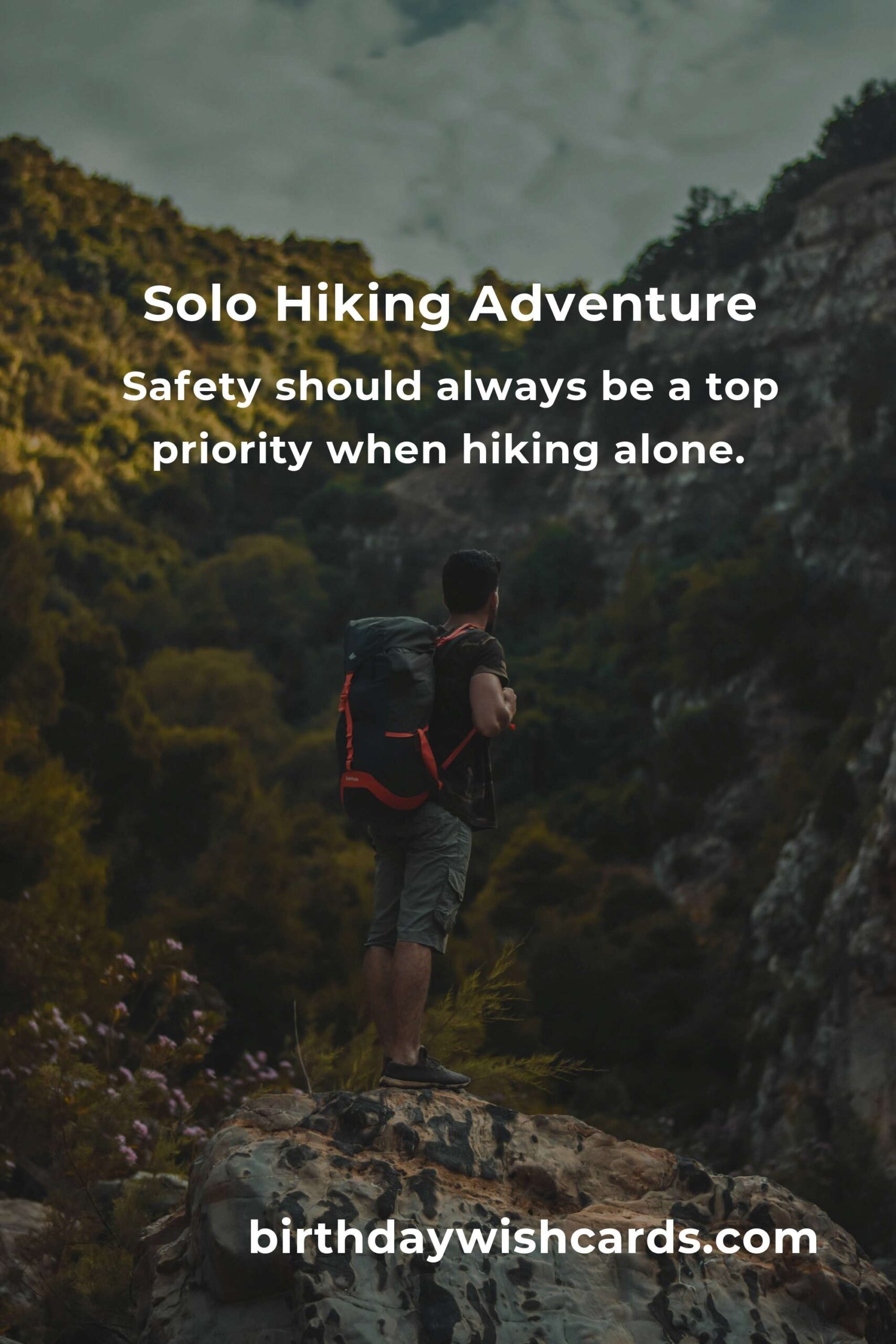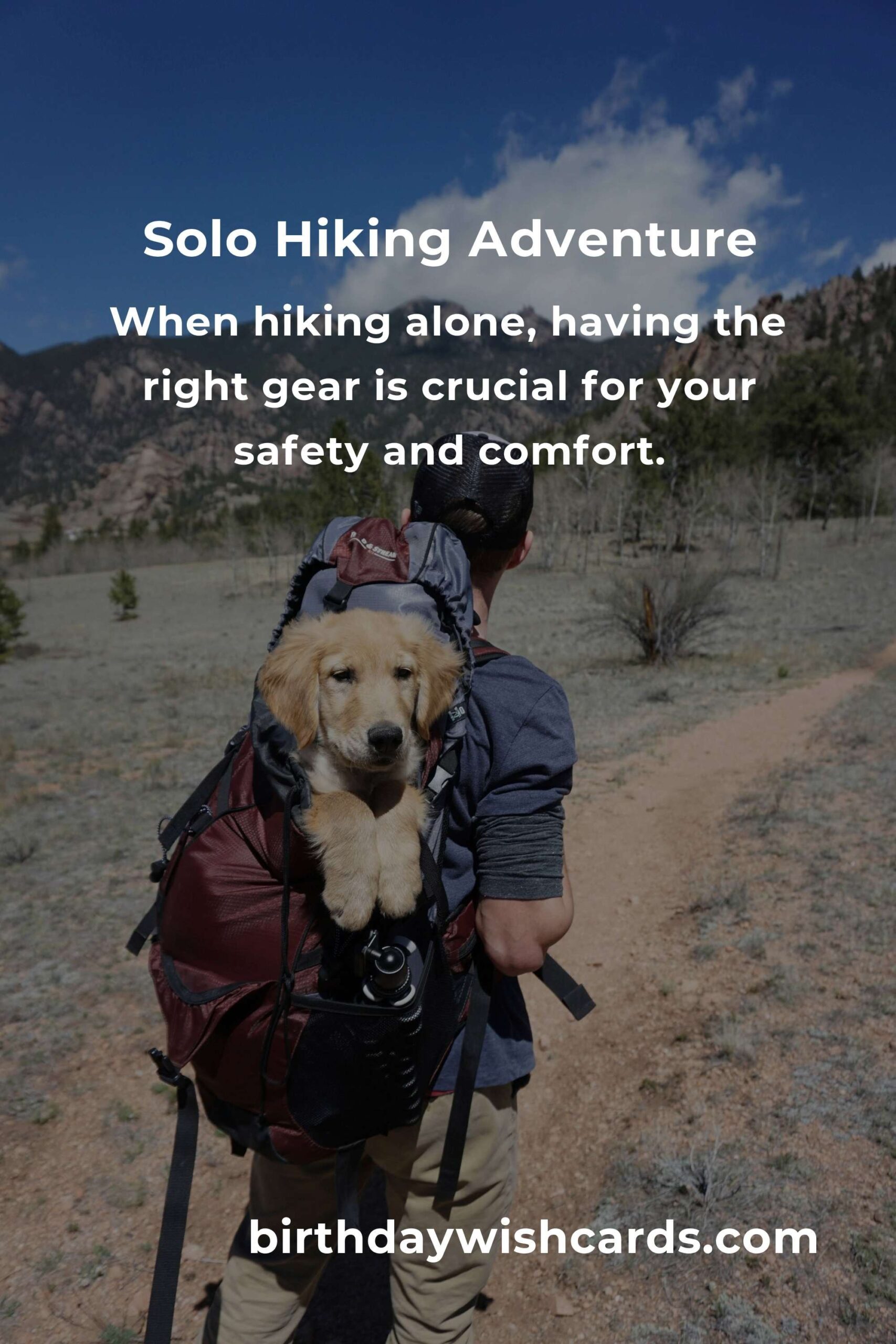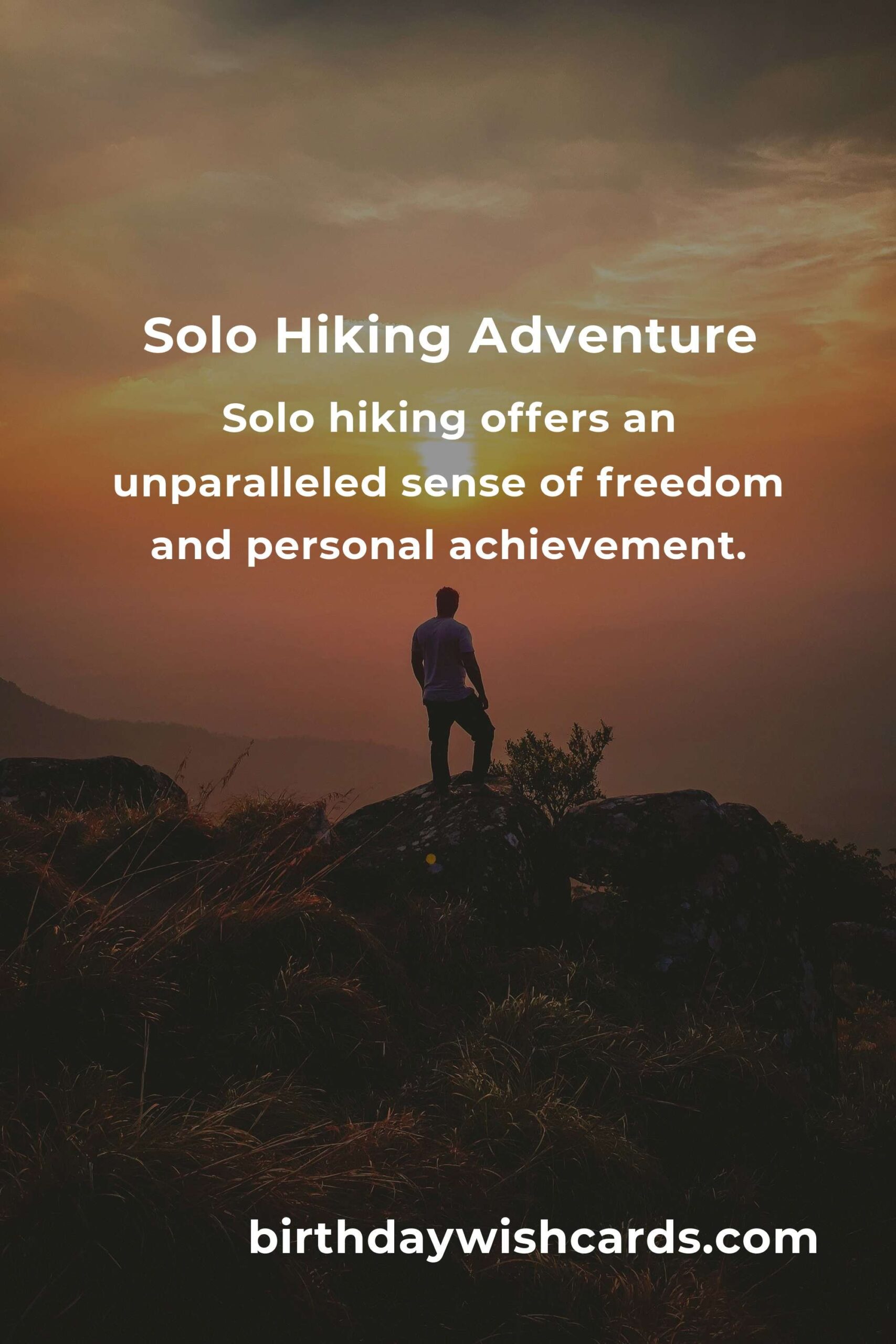
Embarking on a solo hiking trip can be an enriching and invigorating experience. As we look forward to 2025, it’s time to start planning your ultimate solo hiking adventure. This guide will provide you with essential tips and insights to ensure your journey is both safe and memorable.
Why Choose Solo Hiking?
Solo hiking offers an unparalleled sense of freedom and personal achievement. Without the constraints of group dynamics, you can set your own pace, choose your own path, and take the time to fully immerse yourself in nature. Many hikers find this solitude to be a perfect opportunity for self-reflection and mental rejuvenation.
Planning Your Route
The first step in planning your solo hiking trip is selecting a route that suits your skill level and interests. Research trails that offer the right balance of challenge and enjoyment. Consider factors such as terrain, distance, elevation gain, and seasonal weather conditions. National parks and established hiking areas often provide detailed maps and guides that can be invaluable resources.
Essential Gear for Solo Hiking
When hiking alone, having the right gear is crucial for your safety and comfort. Here’s a checklist of essential items:
- Backpack: Choose a comfortable, durable backpack that fits well and can carry all your gear.
- Navigation Tools: Maps, compass, or a GPS device to help you stay on track.
- First Aid Kit: A comprehensive kit to handle minor injuries and emergencies.
- Weather-Appropriate Clothing: Layered clothing for changing conditions and sturdy footwear.
- Food and Water: High-energy snacks and a reliable water purification system.
- Emergency Shelter: A lightweight tent or bivy sack.
- Lighting: A headlamp or flashlight with extra batteries.
Safety Tips for Solo Hikers
Safety should always be a top priority when hiking alone. Here are some key tips to keep in mind:
- Inform Someone: Always let a friend or family member know your itinerary and expected return time.
- Check Weather Conditions: Monitor the weather forecast leading up to your trip and adjust plans accordingly.
- Stay on Marked Trails: Straying off established paths increases the risk of getting lost.
- Trust Your Instincts: If something feels wrong, trust your gut and take necessary precautions.
- Know Your Limits: Be realistic about your physical condition and experience level.
Benefits of Solo Hiking
Solo hiking not only enhances your physical fitness but also promotes mental health. It allows you to disconnect from the hustle and bustle of everyday life, offering a unique opportunity to connect with nature. Many solo hikers report a sense of empowerment and increased self-confidence after completing their journeys.
Conclusion
Planning a solo hiking trip for 2025 can be an exhilarating and rewarding endeavor. By preparing thoroughly, respecting nature, and prioritizing safety, you can ensure a successful adventure. Whether you’re a seasoned hiker or a novice, the experience of solo hiking can be a transformative journey that enriches your life.
Embarking on a solo hiking trip can be an enriching and invigorating experience. Solo hiking offers an unparalleled sense of freedom and personal achievement. The first step in planning your solo hiking trip is selecting a route that suits your skill level and interests. When hiking alone, having the right gear is crucial for your safety and comfort. Safety should always be a top priority when hiking alone. Solo hiking not only enhances your physical fitness but also promotes mental health.
#SoloHiking #Hiking2025 #AdventureTravel #OutdoorLifestyle

